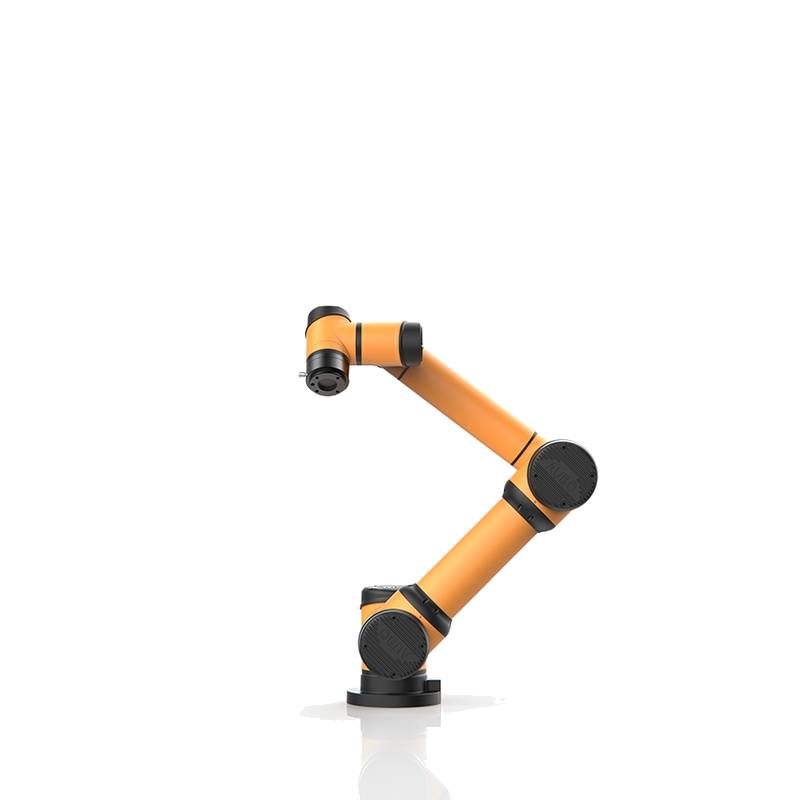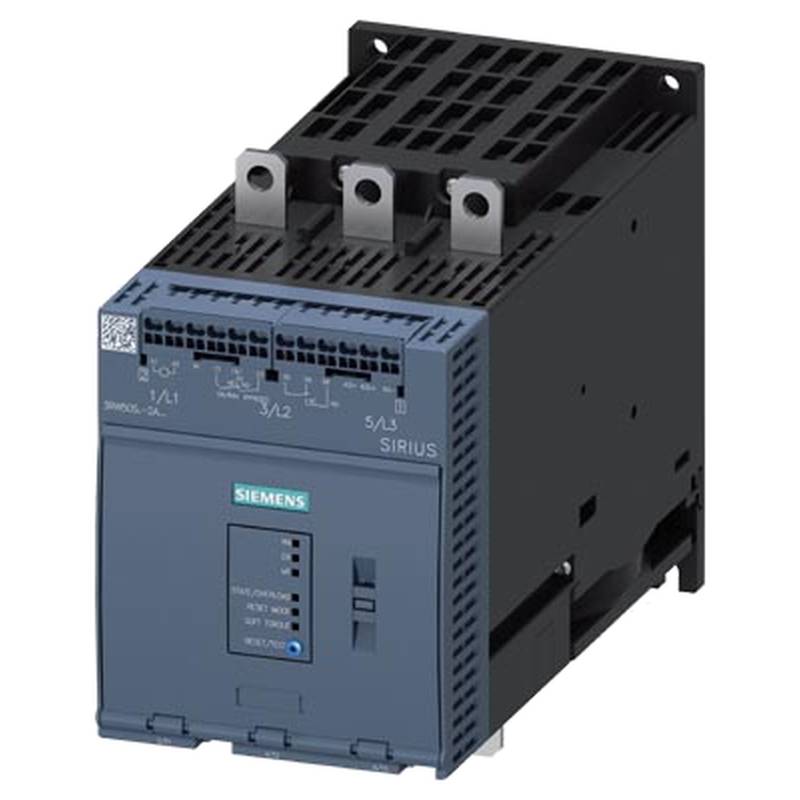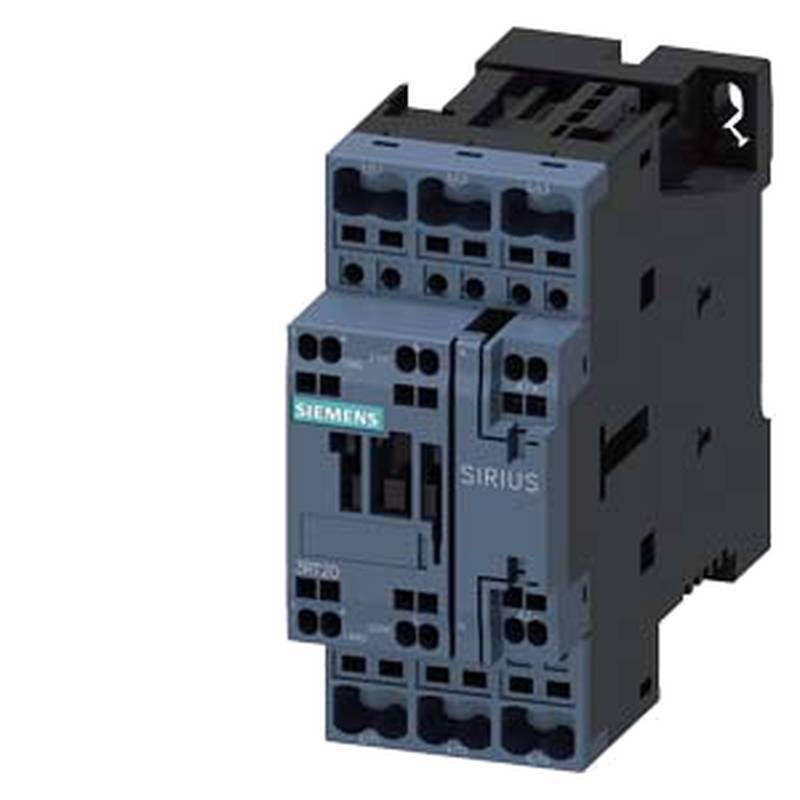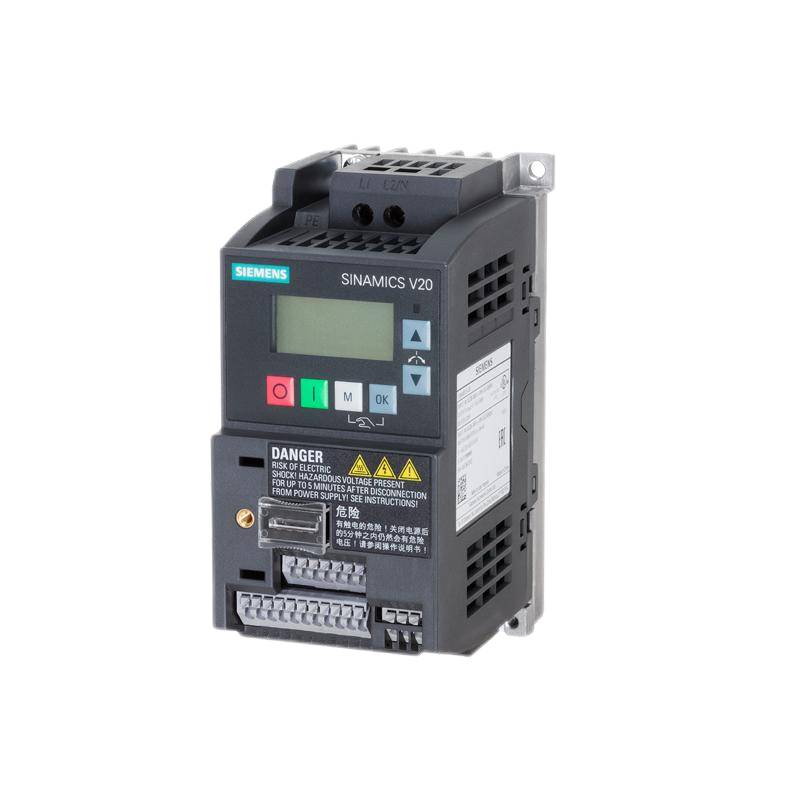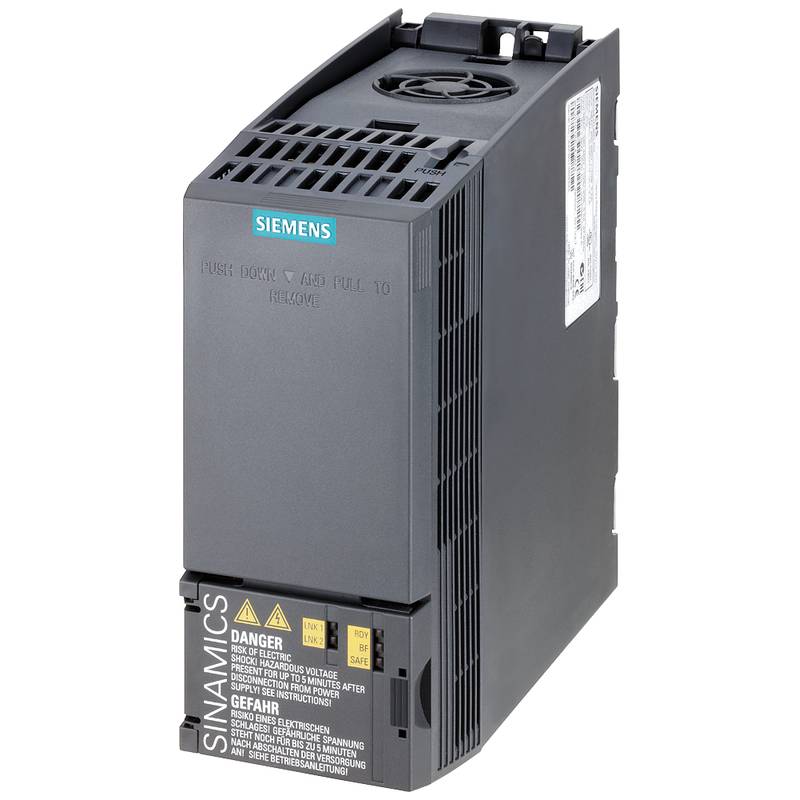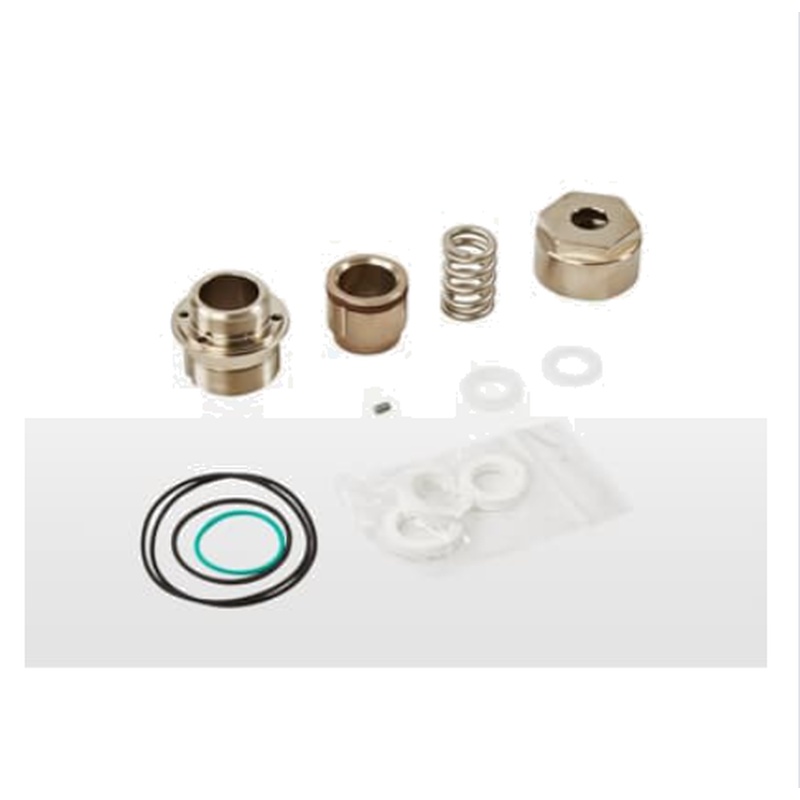
The AUBO-i5 Universal Collaborative Industrial Robot Arm, with its 886.5mm reach and 5kg payload capacity, represents a significant advancement in flexible automation for modern manufacturing. This cobot arm excels in applications demanding precision, safety, and ease of integration. Its inherent collaborative nature allows it to work seamlessly alongside human operators, enhancing productivity without compromising workplace safety. Key technical specifications include an impressive repeatability of ±0.02mm, a compact footprint, and an intuitive programming interface, making it an ideal solution for a wide range of tasks from intricate assembly to complex material handling. The AUBO-i5 is engineered for rapid deployment and operational flexibility, offering substantial ROI through reduced cycle times and improved work quality.
Product Specifications
| Specification | Value |
| :------------------- | :------------------------ |
| Model | AUBO-i5 |
| Reach | 886.5 mm |
| Payload Capacity | 5 kg |
| Repeatability | ±0.02 mm |
| Degrees of Freedom | 6 |
| Weight | 22 kg |
| Power Consumption | 250 W (typical) |
| Operating Temperature| 0°C - 45°C |
| Protection Rating | IP54 |
| Communication Ports | Ethernet, Modbus TCP |
| Joint Speed | Max. 220°/s |
Core Features & Market Positioning
The AUBO-i5 distinguishes itself in the competitive collaborative robot market through its robust design, sophisticated control algorithms, and inherent safety features. It is positioned as a versatile, cost-effective automation solution for small to medium-sized enterprises (SMEs) and larger manufacturers seeking to optimize production lines without extensive retooling or specialized personnel. Its advanced force/torque sensing capabilities allow it to detect collisions and react instantly, ensuring operator safety and protecting both the robot and its environment from damage. Furthermore, the AUBO-i5's modular design facilitates straightforward maintenance and potential future upgrades, aligning with Industry 4.0 principles and the growing demand for smart, connected factories. Its competitive pricing, combined with high performance and ease of use, makes it a compelling choice for businesses looking to leverage robotic automation for increased efficiency and flexibility.
Key Application Scenarios
This collaborative robot arm is ideally suited for a broad spectrum of industrial tasks. In the electronics manufacturing sector, it excels in precise pick-and-place operations for delicate components, assembly of printed circuit boards, and quality inspection tasks where its high repeatability is paramount. For the automotive industry, the AUBO-i5 can be employed in sub-assembly processes, screw driving, deburring, and polishing operations, often working in tandem with human technicians to improve ergonomics and throughput. The pharmaceutical and chemical industries benefit from its cleanroom compatibility (with appropriate environmental sealing) and its ability to handle small-batch dispensing or precise laboratory automation tasks, minimizing human exposure to potentially hazardous materials. Its adaptability also extends to logistics and warehousing for order picking and sorting, and even into the food and beverage sector for packaging and palletizing lighter goods.
Practical System Integration Guidance
Integrating the AUBO-i5 into existing production lines is streamlined by its user-friendly design. The robot arm is equipped with standard industrial communication protocols like Ethernet and Modbus TCP, ensuring straightforward connectivity with PLCs, HMIs, and other automation equipment. Installation typically involves a simple mounting process onto a stable base or mobile platform, followed by electrical connections for power and communication. The programming interface, often a graphical drag-and-drop environment or a teach pendant with intuitive controls, significantly reduces the learning curve for operators and engineers. For specific tasks, users can leverage pre-built function blocks or develop custom routines. The standard M10 tool flange and integrated power/signal connections simplify end-effector attachment and wiring, enabling rapid changeovers and task diversification.
Operation and Risk Mitigation
Safe operation is a cornerstone of the AUBO-i5's design. Its integrated safety features, including collision detection, speed and force limiting, and emergency stop functionalities, comply with relevant international safety standards for collaborative robots. During operation, it is crucial to conduct thorough risk assessments for each specific application to identify potential hazards and implement appropriate safety measures, such as safety fences for non-collaborative zones or light curtains. Common troubleshooting often involves checking power supply stability, ensuring proper communication link integrity, and verifying end-effector functionality. The robot's diagnostic system provides error codes and status indicators to assist in identifying and resolving issues quickly, minimizing downtime. Regular maintenance, including joint lubrication and visual inspections, is recommended to ensure continued reliable performance and safety.
Scalability & Long-Term Value
The AUBO-i5 offers excellent scalability and long-term value by integrating seamlessly with evolving industrial automation strategies. Its open architecture and compatibility with various IIoT platforms allow it to be incorporated into smart factory ecosystems, enabling data collection, remote monitoring, and predictive maintenance. Manufacturers can easily deploy multiple AUBO-i5 units to scale up production capacity or reconfigure them for different tasks as business needs change, maximizing asset utilization. The availability of a rich ecosystem of compatible end-effectors, vision systems, and sensors further enhances its versatility and future-proofing. Investing in the AUBO-i5 provides a flexible and adaptable automation solution that can grow with a business, supporting continuous improvement initiatives and enhancing competitiveness in a dynamic market.
FAQs
Q1: What are the primary advantages of the AUBO-i5 for small businesses?
The AUBO-i5 offers an accessible entry point into automation for SMEs due to its competitive pricing and ease of use. Its collaborative design reduces the need for extensive safety guarding, lowering infrastructure costs. This cobot can quickly be redeployed across different tasks, providing flexibility for businesses with varied production needs.
Q2: How easy is it to program the AUBO-i5 collaborative robot arm?
Programming the AUBO-i5 is designed to be intuitive and accessible, even for users without extensive robotics experience. It typically features a user-friendly graphical interface accessible via a teach pendant or a connected computer. Users can often employ a "teach-by-demonstration" method by physically guiding the robot arm through the desired motions.
Q3: What payload can the AUBO-i5 handle, and for what types of tasks?
The AUBO-i5 is designed to handle a payload of up to 5kg, making it suitable for a variety of lighter industrial tasks. This capacity is ideal for intricate pick-and-place operations, small parts assembly, screw driving, dispensing, and quality inspection. It excels where precision is more critical than sheer weight.
Q4: How does the AUBO-i5 ensure safety when working alongside human operators?
Safety is a paramount feature of the AUBO-i5, achieved through advanced collision detection and force/torque sensing capabilities. The robot can instantly detect unexpected contact and halt its motion or alter its path to prevent injury. Its speed and power are inherently limited during collaborative operation.
Q5: What is the typical reach of the AUBO-i5, and how does this impact its applications?
The AUBO-i5 boasts a reach of 886.5mm, allowing it to cover a significant working envelope. This considerable reach makes it suitable for tasks that require access across a moderately sized workspace, such as assembly lines, machine tending, or palletizing operations within its payload limits.
Q6: Can the AUBO-i5 be integrated with existing industrial automation systems?
Yes, the AUBO-i5 is designed for straightforward integration with existing industrial automation systems. It supports standard communication protocols like Ethernet and Modbus TCP, facilitating seamless connection to PLCs, SCADA systems, and other intelligent devices on the factory floor.
Q7: What industries commonly benefit from using the AUBO-i5 robot arm?
The versatility of the AUBO-i5 makes it beneficial across numerous industries. Key sectors include electronics manufacturing for precise assembly, automotive for sub-assembly tasks, and pharmaceuticals for repetitive lab work. It's also valuable in logistics, packaging, and general manufacturing for varied material handling needs.
Q8: What are the power requirements for operating the AUBO-i5?
The AUBO-i5 typically consumes around 250W during operation, representing a relatively low power footprint for an industrial robot. This energy efficiency contributes to lower operating costs and makes it an environmentally conscious choice for automation.
Q9: How does the AUBO-i5's repeatability affect its performance in production?
The AUBO-i5 offers a high repeatability of ±0.02mm, which is critical for tasks demanding extreme precision. This ensures consistent accuracy in repetitive actions like component placement, precise drilling, or intricate assembly, leading to higher product quality and reduced defects.
Q10: What maintenance is required for the AUBO-i5 to ensure longevity and performance?
Routine maintenance for the AUBO-i5 involves regular inspections of its joints, cables, and end-effector for any signs of wear or damage. Lubrication of the robot's joints at recommended intervals is crucial for smooth operation. Software updates should also be applied as needed.














